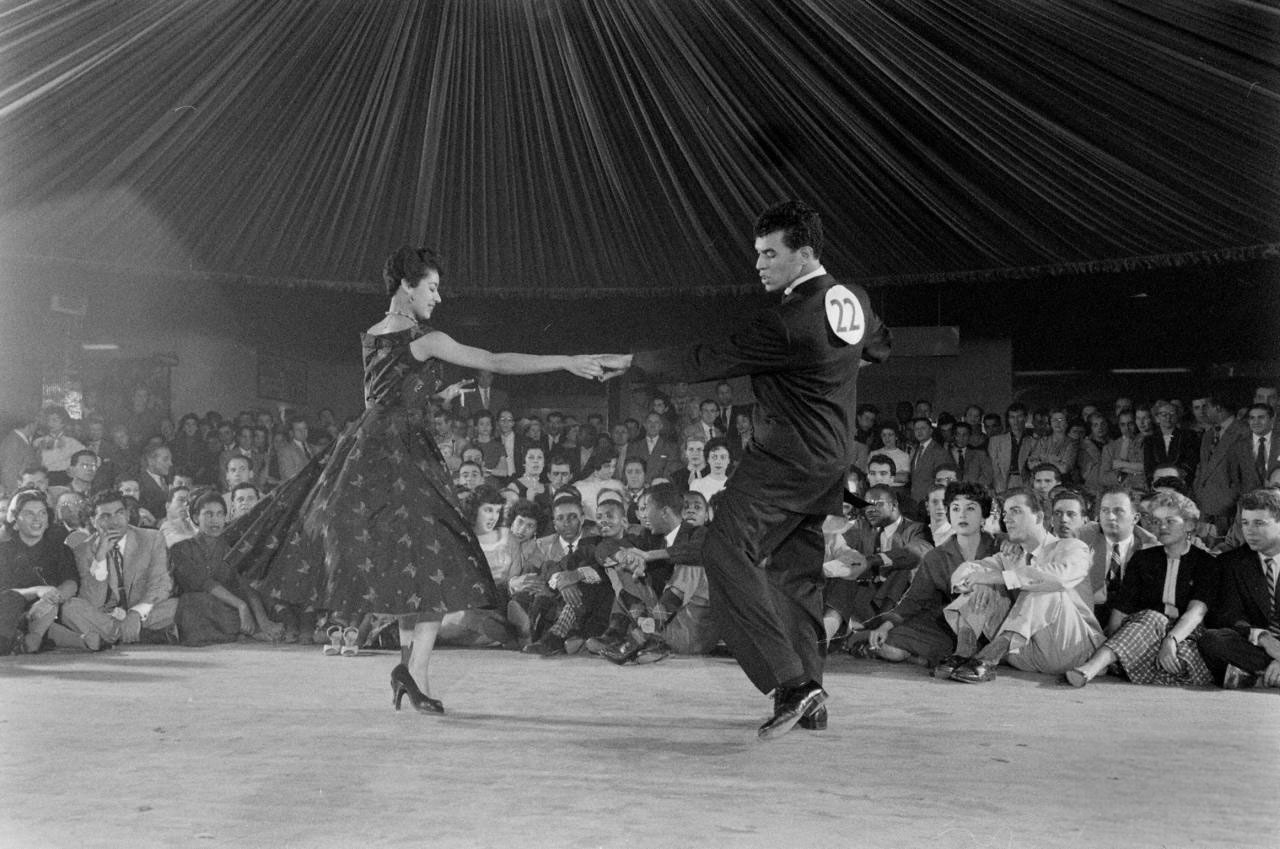Dance San Francisco Fundamentals Explained
Wiki Article
Little Known Facts About Dance San Francisco.
Table of ContentsUnknown Facts About Dance San FranciscoThe Definitive Guide for Dance San FranciscoExcitement About Dance San FranciscoDance San Francisco Things To Know Before You BuyWhat Does Dance San Francisco Do?The Greatest Guide To Dance San FranciscoDance San Francisco Can Be Fun For Anyone
The major difference that identifies the Miami-style from various other North American styles is the "Atras" or "Diagonal", back breaking actions done backwards diagonally rather of relocating forwards and backwards as seen in the New york city style. Professional dancers do not move their body weight significantly as seen in other designs. bay area salsa dancing. Instead, professional dancers maintain their upper body still, positioned and relaxed, concentrating on foot movementA major distinction in between Cali Design and Miami-style is the latter is solely danced on the downbeat (On1) and has aspects of shines and show-style included in it, adhering to repertoires of North American designs. Miami-style has several followers, especially Cuban-Americans and various other Latinos based in South Florida. In the 1950s, Salsa Rueda or a lot more properly Rueda de Casino site was developed in Havana, Cuba.
Numerous of the steps include rapidly exchanging partners. "Rueda de Cuba" is original kind of Rueda, originating from Cuba. It is not as formal as Rueda de Miami and includes about 30 phone calls. [] It was ordered in the 1970s. [] "Rueda de Miami" stemmed in the 1980s from Miami, is an official design with several regulations based upon a mix, and is a hybridization of Rueda de Cuba & North American dancing styles, with some regimens reflecting American society (e.
The 2-Minute Rule for Dance San Francisco
Coca-Cola, Dedo, Adios) which is not discovered in the traditional Cuban-style Rueda - bay area salsa dancing. Cali-Style Salsa, likewise referred to as Colombian Salsa and Salsa Calea, is based around the Colombian City of Cali. Cali is additionally called the "Funding de la Salsa" (Salsa's Resources); as a result of salsa music being the primary genre in parties, clubs and celebrations in the 21st century.The elements of Cali-Style Salsa were highly influenced by dances to Caribbean rhythms which preceded salsa, such as Pachanga and Boogaloo. Cali has the highest possible number of salsa institutions and salsa teams on the planet. A number of the competitions are kept in Colombia. The main function is the footwork which has quick rapid actions and missing movements called "repique".
The Ultimate Guide To Dance San Francisco
They consist of different acrobats such as partnered flips to delight with these jaw dropping stunts. Their maneuvering is complex and accurate, helping several Colombian Design dancers win significant world champions. Cali explanation hosts many yearly salsa events such as the World Salsa Cali Celebration and the Encuentro de Melomanos y Coleccionistas.Scientists in the natural sciences studied the math of salsa dance relocations. In the social sciences, researchers have actually researched salsa dancing to understand, for example how the Latino identity is linked to salsa dancing.
and, researchers have actually likewise used salsa dance to research the ephemerality of social teams. Salsa songs the songs to which salsa is danced Mambo a dancing style which greatly influenced salsa dance Palladium Ballroom a New York City place that aided promote Latin music and dancing throughout the 1940s and 1950s Dance a ballroom dancing that heavily influenced salsa Globe Salsa Championships a checklist of global competitions for salsa dancing Cuban salsa a preferred kind of salsa dance from Cuba Boggs, Vernon (1992 ).
Not known Facts About Dance San Francisco
ISBN 0-313-28468-7. OCLC 24908952. Hutchinson, Sydney (2004 ). " Mambo on 2: The birth of a new type of dance in New York City" (PDF). Centro Journal. 16: 108137. ISSN 1538-6279. " What Is Salsa (Dance)?". 2023-03-13. Retrieved 2023-05-26. Young, Takeshi (26 June 2023). " Latin Dancing". Salsa Vida. Retrieved 5 October 2023. " Inventing salsa".Salsa Vida. 26 June 2023. Fetched 5 October 2023.
2019.1697579. ISSN1478-8810. Carwile, Christey (September 2017). "" The Clave Gets Home": Salsa Dancing and Pan-African Identification in Ghana". African Studies Testimonial. 60 (2 ): 183207 - https://www.tumblr.com/dancesf/735793953879818240/san-francisco-community-organization-we-promote?source=share. doi:10. 1017/asr. 2017.6. ISSN0002-0206. " Salsa vs Bachata: What's the Difference?". Salsa Vida. 2021-08-08. Recovered 2021-09-08. " Dance Styles". Salseros Mc, Gill. Obtained 2023-03-14 (bay area salsa dancing). " Salsa & Latin Dance Congresses"
Not known Details About Dance San Francisco

The city of music memory: salsa, document grooves, and prominent culture in Cali, Colombia. Salsa Vida SF. The Journal of Popular Culture.
The Ultimate Guide To Dance San Francisco
9 (2 ): 113125. doi:10. 1002/cb. 308. Holmqvist, Jonas; Diaz Ruiz, Carlos; Pealoza, Lisa (2020-08-01). " Minutes of high-end: Hedonic avoidance as a high-end experience". Journal of Service Study. 116: 503513. doi:. ISSN 0148-2963. S2CID 211427257. Diaz Ruiz, Carlos A.; Penaloza, Lisa; Holmqvist, Jonas (2020-01-01). " Assembling tribes: An assemblage thinking strategy to the characteristics of ephemerality within customer people".
Something went incorrect. Wait a minute and attempt once more Try again.
What Does Dance San Francisco Mean?
We're discussing the dancing, not the tasty South American condiment. The origins of words "Salsa" as the name of a dancing has been a source of dispute for decades. The most popular (and potentially accepted) theory is that Cuban and Puerto Rican artists in New york city coined the phrase in New york city in the 1970's, to explain the spicy fusion of songs they were producing out of the rhythms and concepts of Cuban kid montuno, guaracha, chachacha, mambo and bolero.Report this wiki page